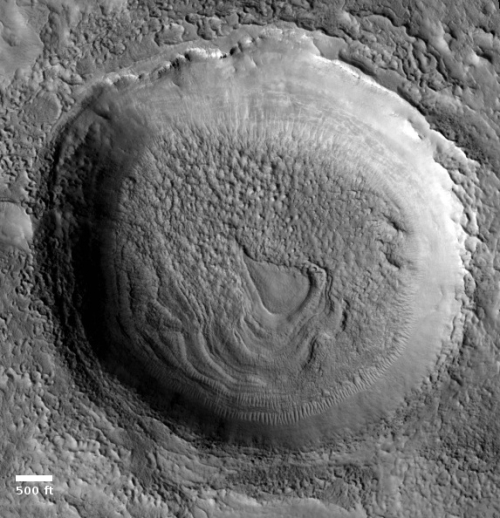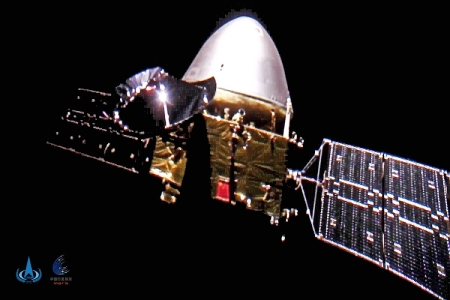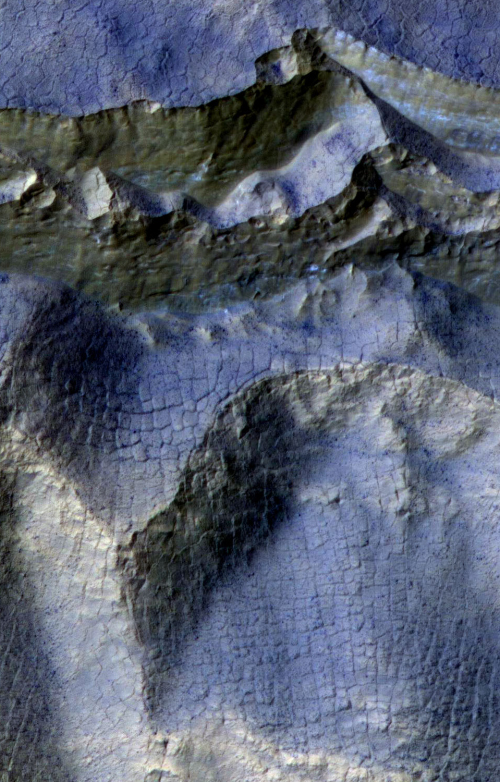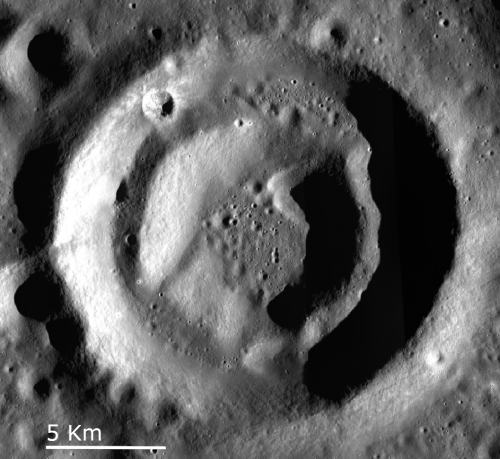Put them on the Moon! Radio astronomers have released a paper claiming that the coming large communication satellite constellations, such as Starlink and OneWeb, will seriously impact observations with the Square Kilometer Array (SKA) of radio telescopes being built in the remote western outback of Australia.
Saturation of the instruments: very strong interfering signals can saturate the receiver systems and thereby drown out all other signals seen by the Band 5b receivers. As a consequence, all data in that frequency band would be lost, rendering these receivers useless for a portion of the time. For the first phase of the constellation deployments (about 6,400 satellites in total), saturation is predicted to occur for a few percent of the time assuming there is no direct illumination of the dishes by the satellites. For significantly larger constellation sizes (up to more than 100,000 satellites), saturation would be essentially continuous without significant mitigation measures implemented by the satellite operators.
Based on this conclusion, the astronomers estimate that for observations in this particular band they will need to look about 70% longer to get the same data, thereby cutting the number of observations by about half.
The astronomers propose this solution:
One of these mitigation techniques is for the satellite transmitters not to point their beams near the SKAO dishes. SKAO would require operators to steer their satellites’ beams away from the telescope site, a measure which would require a simple software modification with no repercussion on the constellation’s deployment, positioning or hardware. While a cost-effective implementation of this solution does depend on the hardware and software deployed on the satellites, operators already use this technique to comply with international regulations when their satellites cross the path between geostationary satellites in higher orbit and their receiving ground stations, for example to avoid affecting telecommunications and TV transmissions.
This mitigation could reduce the impact on the SKA by a factor of 10 over that noted previously and result in a 7% increase of integration time for SKA observations within the satellite transmission range 4. While any loss of sensitivity is regrettable, SKAO recognises the need for compromise between the competing scientific and commercial drivers.
The solution seems reasonable, but in truth it is only a temporary one. The permanent and smart solution for the astronomical community is to move their telescopes, in all wavelengths, off the Earth. For radio astronomy the far side of the Moon would be ideal.
And with SpaceX now developing a reusable big rocket, Starship, to put such payloads in orbit at low cost, the astronomers need to start thinking about taking advantage of this engineering. The situation for ground-based astronomer will only get worse.





